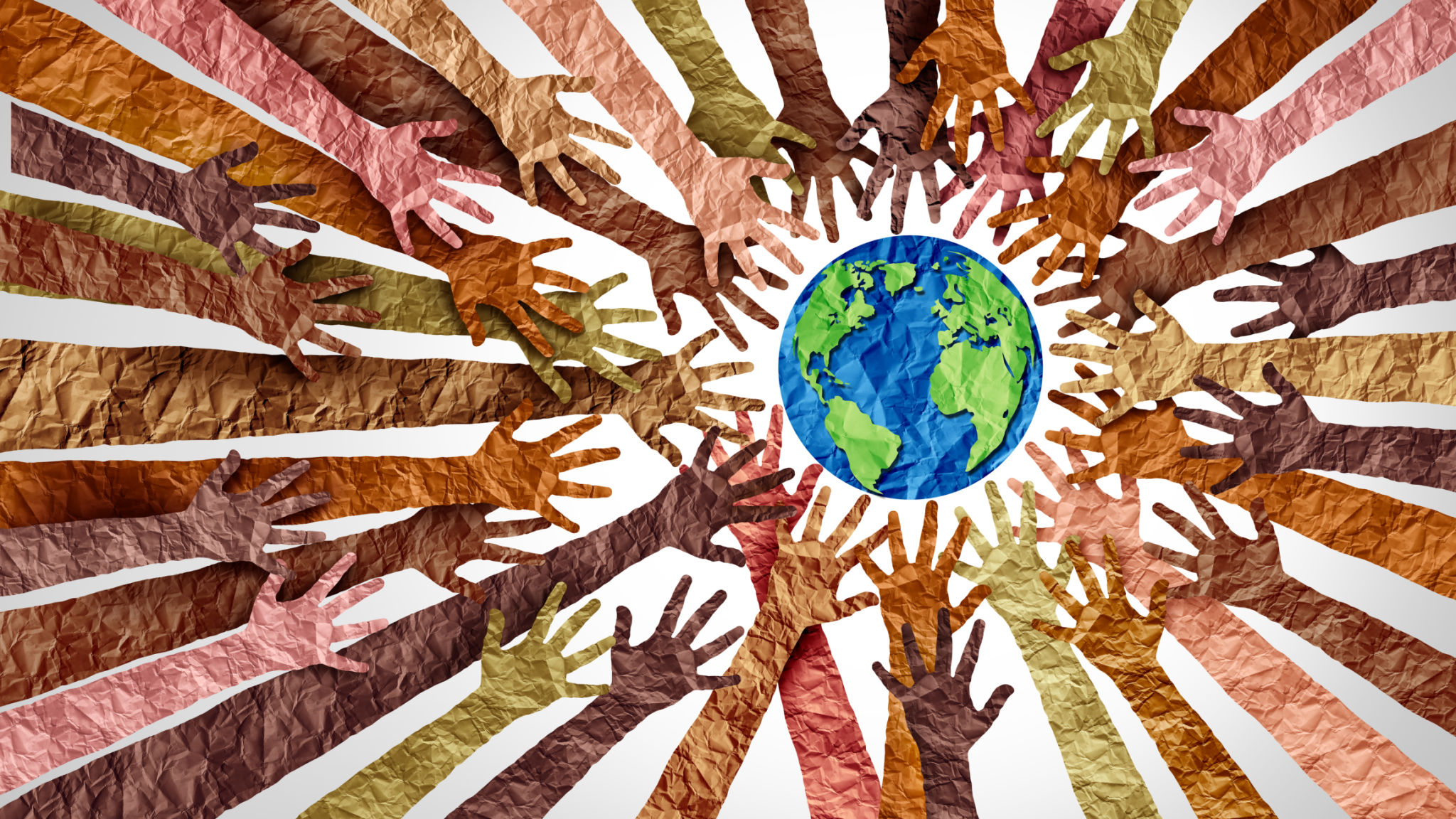Do You Know The Planet?
Unlocking Earth’s Secrets: The Hidden History and Amazing Life Forms of Our Planet! 🌍✨
Are you ready to dive deep into the Earth’s incredible history and the mysterious life forms that inhabit it? Our planet has a rich narrative filled with fascinating discoveries, captivating theories, and secrets waiting to be unveiled. Let’s explore the timeline of Earth as known to humans, the amazing creatures that call it home, and the conspiracy theories that challenge our understanding of this beautiful blue planet.
The History of Earth: A Journey Through Time ⏳
The Earth is approximately 4.5 billion years old, a timeline that stretches back through dramatic transformations and events. Here’s a quick overview of our planet’s major milestones:
- Formation (4.5 billion years ago): The Earth formed from dust and gas in the solar system, gradually cooling to form a solid crust. Initially, it was a hostile place, with volcanic activity and meteorite impacts.
- First Life Forms (3.5 billion years ago): The first signs of life appeared in the form of simple bacteria and archaea. These organisms thrived in extreme environments, laying the groundwork for all future life on Earth.
- The Great Oxygenation Event (2.4 billion years ago): Cyanobacteria began producing oxygen through photosynthesis, transforming the atmosphere and paving the way for more complex life.
- Cambrian Explosion (541 million years ago): A rapid increase in the diversity of life forms occurred in the oceans. Many of today’s major animal groups began to evolve during this period.
- Colonization of Land (400 million years ago): Plants and animals began to transition from water to land, leading to the rich ecosystems we see today.
- Mass Extinctions: Earth has experienced five major mass extinctions, the most famous being the **dinosaurs’ demise** around **66 million years ago**, likely caused by an asteroid impact.
- Rise of Mammals (66 million years ago): After the dinosaurs disappeared, mammals began to flourish, eventually leading to the evolution of humans.
- Modern Humans (300,000 years ago): Homo sapiens emerged in Africa, and over time, spread across the globe, profoundly affecting the planet's ecosystems.
Theories and Secrets of Our Planet 🌌
As we explore Earth’s history, we uncover intriguing theories and secrets that challenge conventional wisdom. Here are a few noteworthy examples:
- Pangaea and Continental Drift: The theory of Pangaea suggests that all continents were once connected in a single supercontinent. Over millions of years, they drifted apart, shaping the world as we know it. This theory raised questions about the movement of tectonic plates and how they influence our planet's geology and ecosystems.
- Hidden Oceans: Research indicates that Earth may contain vast underground oceans, hidden within the mantle. These reservoirs could hold more water than our surface oceans combined, raising questions about undiscovered life forms and ecosystems beneath our feet.
- Hollow Earth Theory: This controversial theory suggests that our planet may be hollow and inhabited by advanced civilizations. Although lacking scientific evidence, it ignites the imagination and prompts questions about what lies beneath the surface.
- The Gaia Hypothesis: Proposed by scientist James Lovelock, this theory suggests that the Earth is a self-regulating system where living organisms interact with their inorganic surroundings to maintain conditions for life. It emphasizes our interconnectedness and the importance of preserving the delicate balance of nature.
Discovering Life Forms: What’s Out There? 🦠🌱
From the microscopic to the magnificent, Earth is teeming with life. Here are some examples of intriguing species and a look at hidden life forms that have been either discovered or may be shrouded in mystery:
1. The Immortal Jellyfish (Turritopsis dohrnii): Capable of reverting to its juvenile form, this jellyfish defies the aging process and raises questions about biological immortality.
2. The Giant Squid (Architeuthis dux): Once thought to be mythological, this elusive creature has become a symbol of the mysteries lurking in our oceans.
3. The Okapi (Okapia johnstoni): This forest-dwelling animal is often overlooked, yet its unique characteristics highlight the rich biodiversity of Africa's rainforests.
4. The Yeti Crab (Kiwa hirsuta): Discovered near hydrothermal vents, this unusual crab thrives in extreme environments, suggesting that life can adapt to even the harshest conditions.
5. The Aye-Aye (Daubentonia madagascariensis): This peculiar lemur from Madagascar has cultural significance and highlights the complex relationship between humans and wildlife.
Top 5 Most Populous Species on Earth 🌍
Here’s a list of the top five most populous species that showcase the diversity of life on our planet:
1. Ants (Order Hymenoptera)
- Estimated population: 10 quadrillion ants!
- Ants play crucial roles in ecosystems, from aerating soil to dispersing seeds.
2. Bacteria (Domain Bacteria)
- Estimated population: 5 nonillion bacteria!
- These tiny organisms are essential for nutrient cycling and ecosystem health.
3. Humans (Homo sapiens)
- Current global population: Approximately 8 billion.
- Our impact on the planet is profound, influencing ecosystems and climate.
4. Termites (Order Isoptera)
- Estimated population: 1 quadrillion termites!
- Known for their wood-eating habits, termites play vital roles in decomposition.
5. Sheep (Ovis aries)
- Estimated population: Approximately 1.2 billion.
- Domesticated sheep are raised for wool, meat, and milk, showing how humans shape animal populations.
🌟 Final Thoughts: The Wonders of Earth 🌟
The Earth is a treasure trove of secrets and wonders waiting to be uncovered. From the ancient history of our planet to the amazing life forms that inhabit it, there’s so much more than meets the eye. Understanding our planet and the intricate web of life it supports can inspire us to protect and cherish it for generations to come.
As we continue to explore, let’s remain curious and open-minded. What other hidden truths might be out there, waiting to be discovered? Share your thoughts and favorite facts in the comments below! Let’s keep the conversation going about the amazing life that surrounds us every day! 🌍💙
